You might be thinking about renting a storage container to store your furniture for many reasons. Storing large pieces can provide a convenient solution when listing your home for sale, or maybe you simply want to declutter and create more space where you are living.
Storing furniture can also be useful when renovating or remodelling your home, protecting it from damage during construction. Whether you’re downsizing, moving, or needing extra space, storing your furniture correctly will help preserve its condition and ensure it remains in excellent shape until you’re ready to use it again.
Storing furniture in a storage container can be a practical solution for many situations like moving, renovating, or downsizing. By following the tips outlined below, you can be sure your furniture remains in excellent condition during storage.
1. Clean and Prepare
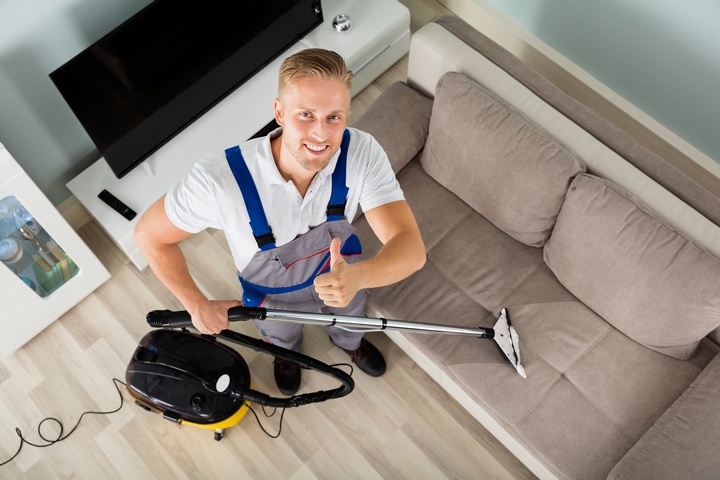
Before storing any furniture, it’s essential to clean each piece thoroughly to maintain its condition and protect it from damage. Using appropriate cleaning agents and techniques based on the material, remove any dust, dirt, or stains.
Ensure the furniture is completely dry before storage to prevent mould or mildew growth. Pay careful attention to intricate details and hard-to-reach areas for the best results.
2. Disassemble When Possible
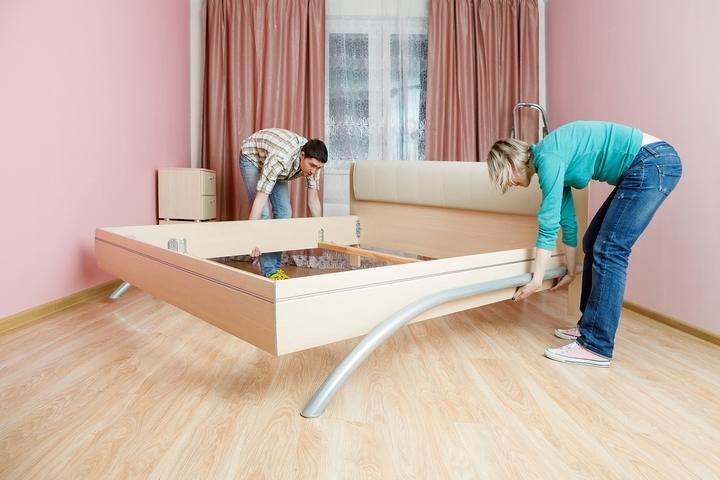
Disassembling furniture before storage will help to maximize space and prevent damage. It is also easier to transport furniture when it is taken apart. Begin with an inventory of all parts and hardware to ensure nothing gets lost.
Carefully follow the manufacturer’s instructions or use common sense to disassemble each piece. Remove detachable legs, cushions, or other components, keeping them organized and labelled. Store small parts like screws or bolts in clearly marked bags to avoid confusion later.
3. Protect with Appropriate Materials
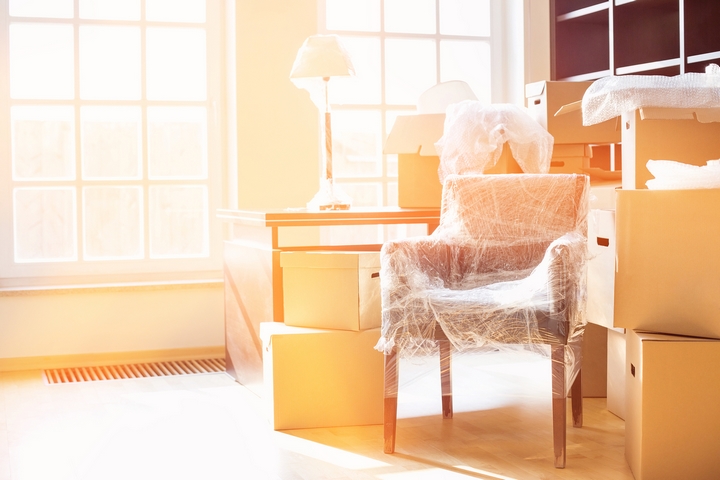
During storage, you want to protect your furniture from dust, moisture, and potential scratches. Use high-quality covers, blankets, or sheets to shield items from settling dust which can lead to scratches. Consider investing in specialized furniture covers designed to protect against moisture and pests.
For delicate or fragile furniture, you’ll want to provide extra protection. Bubble wrap, packing peanuts, or foam sheets can help safeguard fragile surfaces and edges. Use cardboard corners to protect the corners of items like tables or mirrors.
4. Elevate and Protect
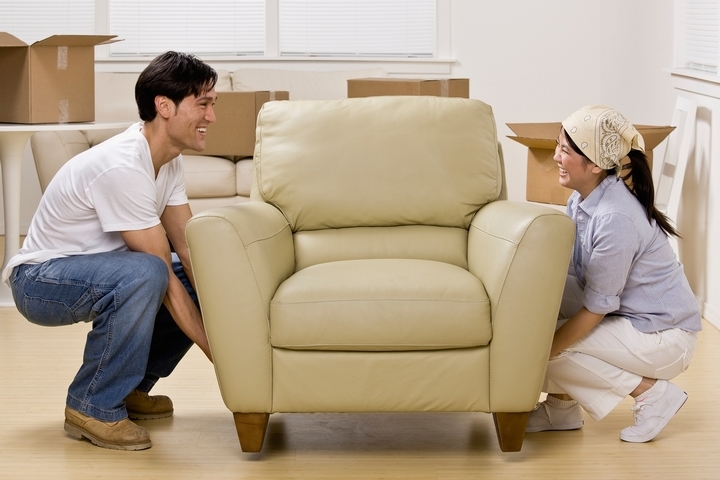
Raising furniture off the ground when storing serves several functions. It safeguards the furniture from potential damage caused by moisture, pests, and dust while promoting airflow around each piece of furniture, reducing the chance of mould or mildew growth.
Pallets, blocks, or furniture risers can effectively elevate the furniture and provide these benefits during storage.
5. Optimize Space
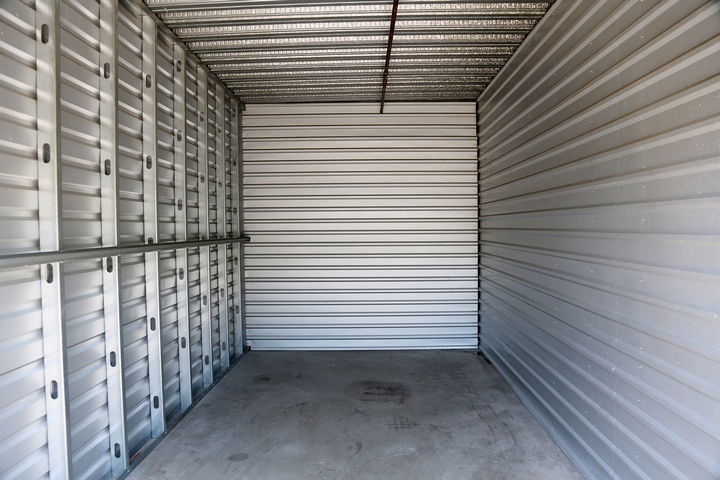
Making the most of your storage container is easy when you optimize the available space. Place larger and heavier furniture items against the walls to create a stable base. Stack smaller items and disassemble furniture on top, maximizing vertical space.
Put heavier items down first and lighter ones on top. Utilize storage accessories like shelves, hooks, or hanging organizers to use wall space. Leave pathways to allow easy access to each piece without moving other items.
6. Label and Organize

Labelling and organizing everything when storing furniture will allow for easier retrieval. Begin by creating an inventory of the furniture items you are storing. For disassembled furniture, clearly label each box or container with the contents and corresponding room or category.
You can use colour-coded labels or stickers on larger pieces for quick identification or store similar items together, grouping furniture from the same room or type. Consider taking photos of the furniture as you store it to create a visual inventory.
By implementing a systematic labelling and organizing system, you’ll save time and effort when searching for specific furniture items later.
7. Don’t Overfill

While using every inch of space is tempting, overfilling your storage unit can lead to damage. Start by carefully assessing the size and capacity of your rented storage container. Measure your furniture and plan accordingly to ensure everything fits comfortably without excessive crowding. Avoid stacking items too high and leave gaps between the furniture and the walls to allow for ventilation and air circulation. Prioritize a balanced weight distribution to prevent overloading and strain on the furniture or the storage unit. By avoiding overfilling, you’ll maintain the integrity of your furniture while making the most of your storage space.
8. Regular Inspections
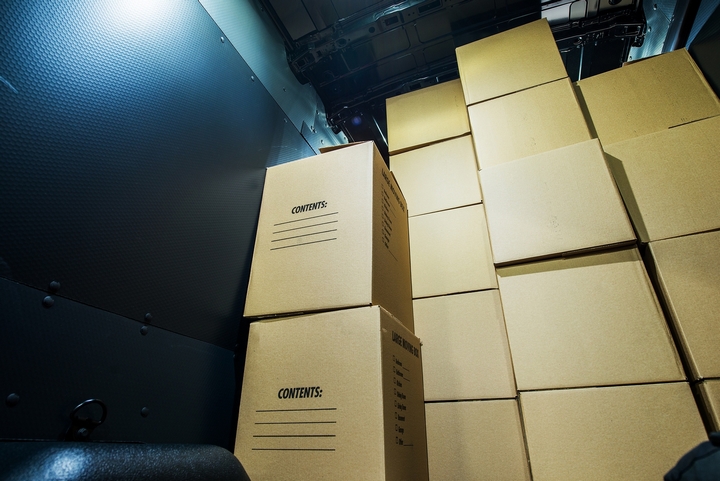
Even in storage, furniture requires occasional attention. Set a schedule for periodic inspections, and during these inspections, carefully examine each piece of furniture for signs of damage, like dents or scratches. Check for any signs of pests or pest infestation, including droppings or chew marks. Inspect for signs of moisture or mould growth as well. If any issues are detected, take immediate action to address them. Regular inspections allow you to identify problems early on and take necessary measures to protect and preserve your furniture while in storage.






